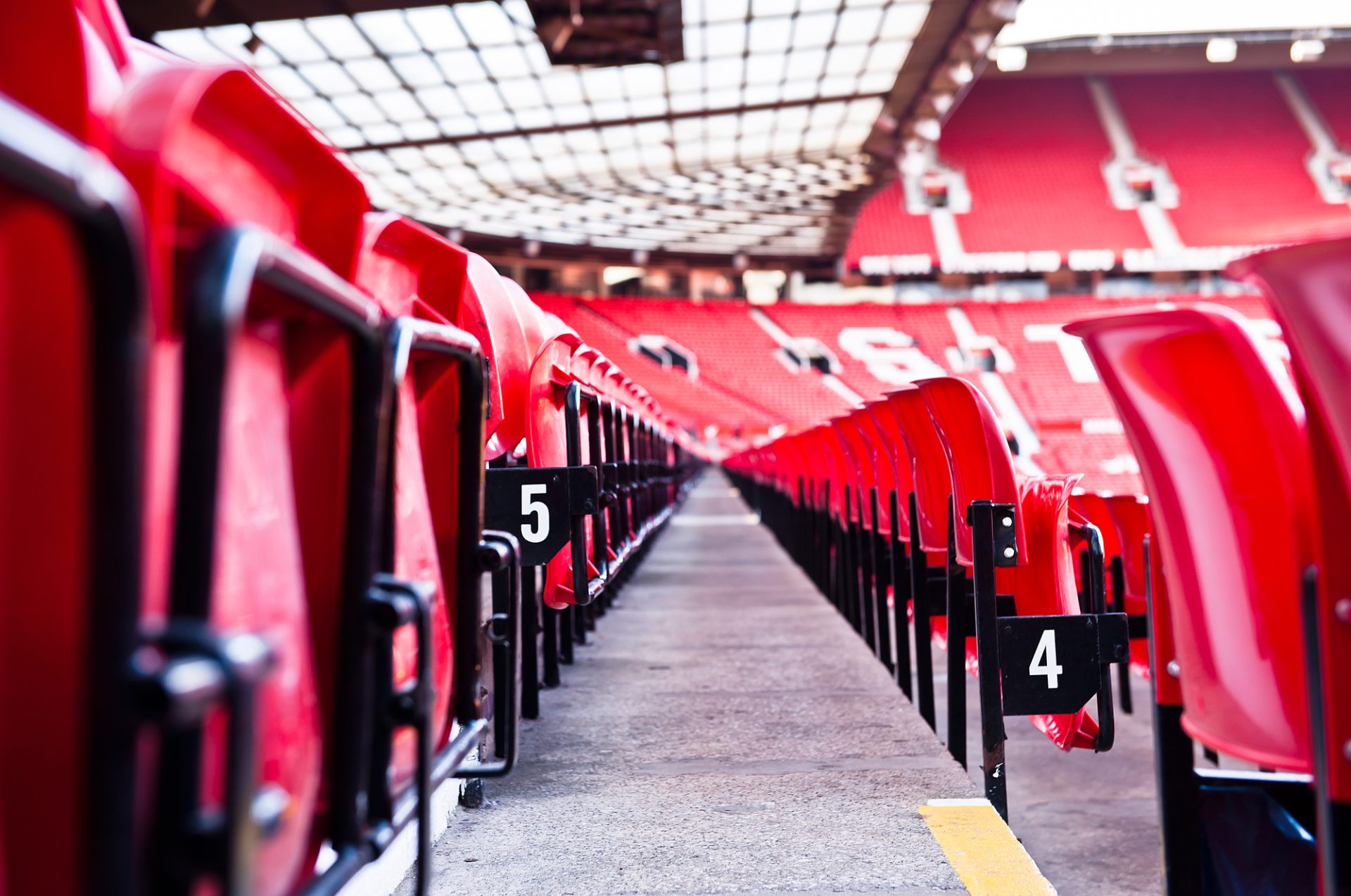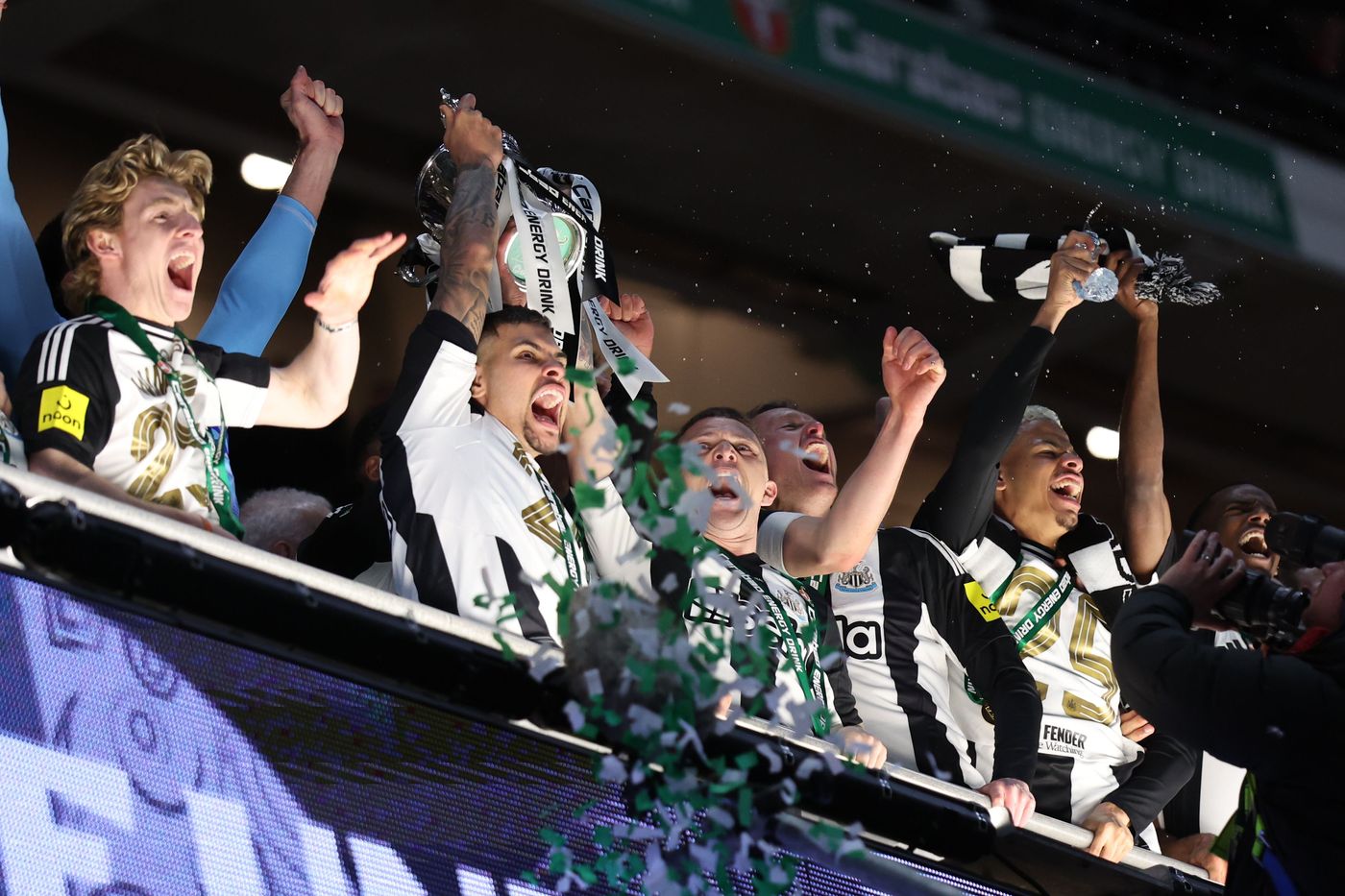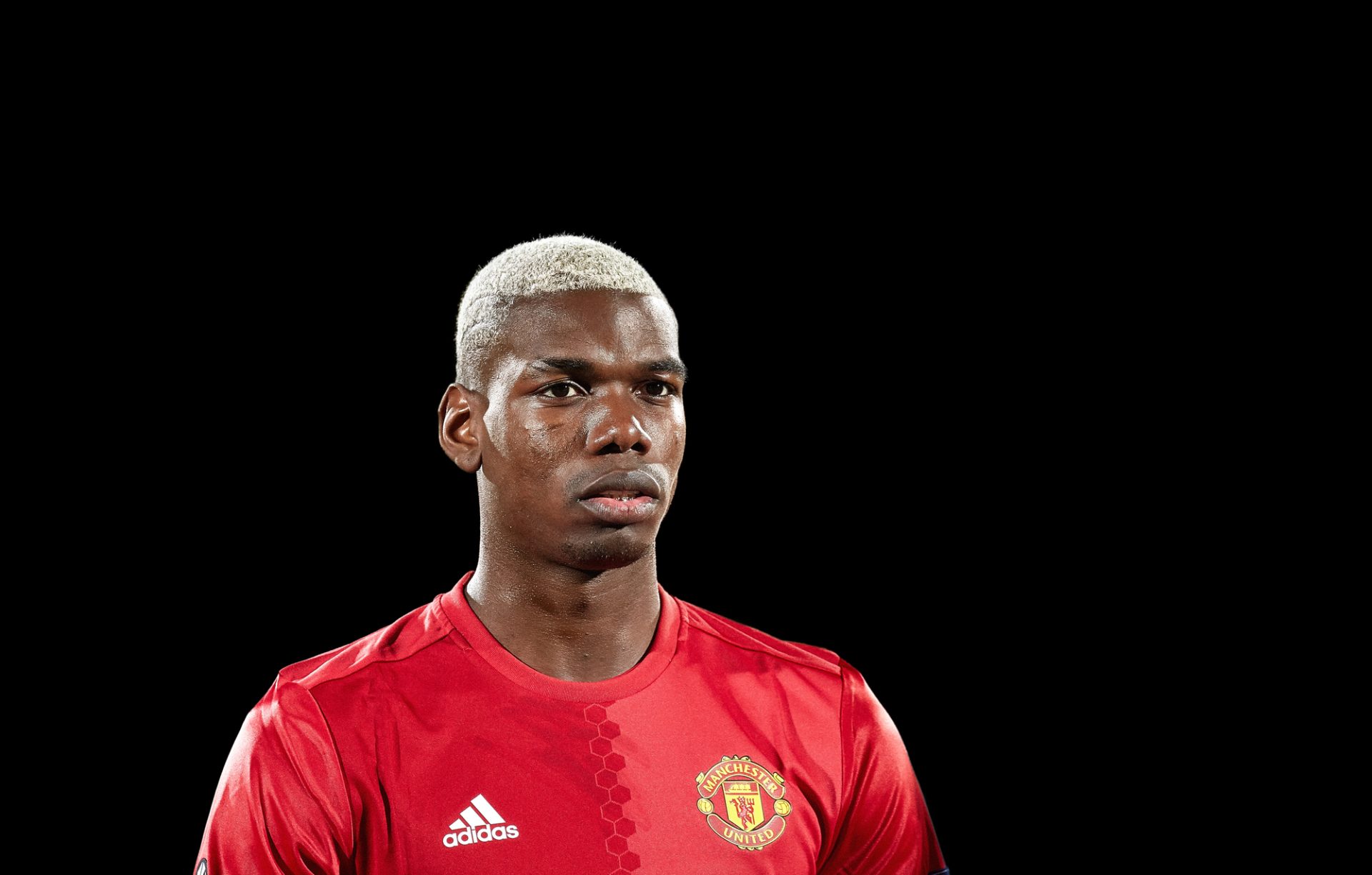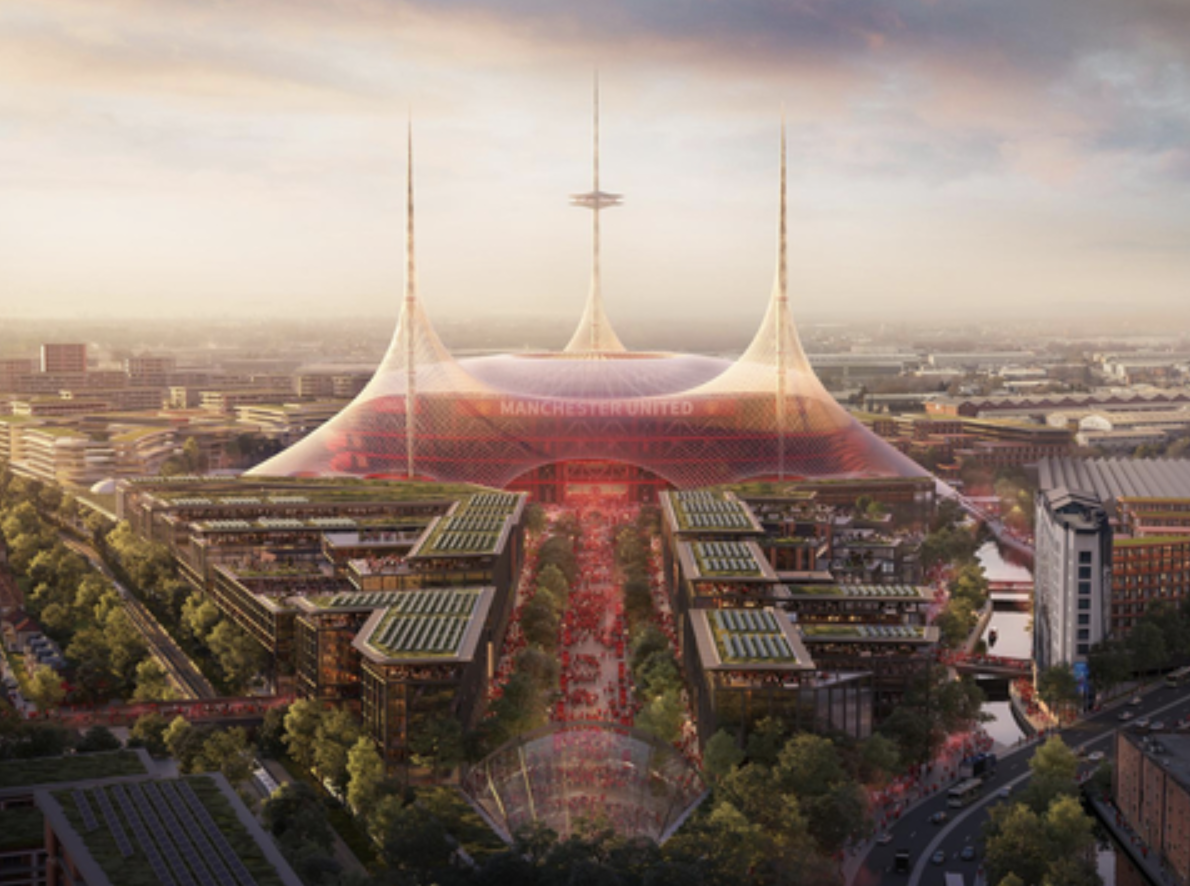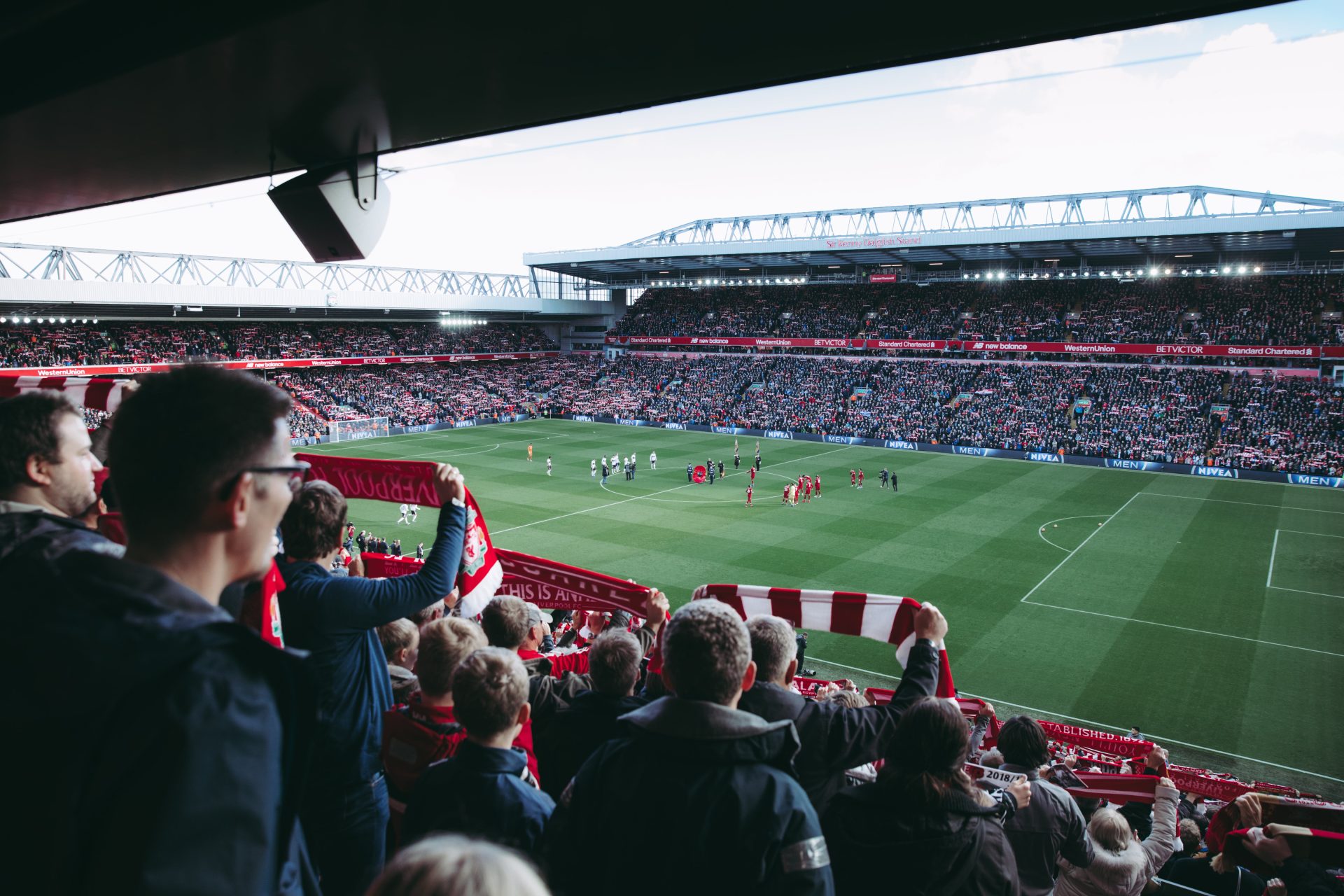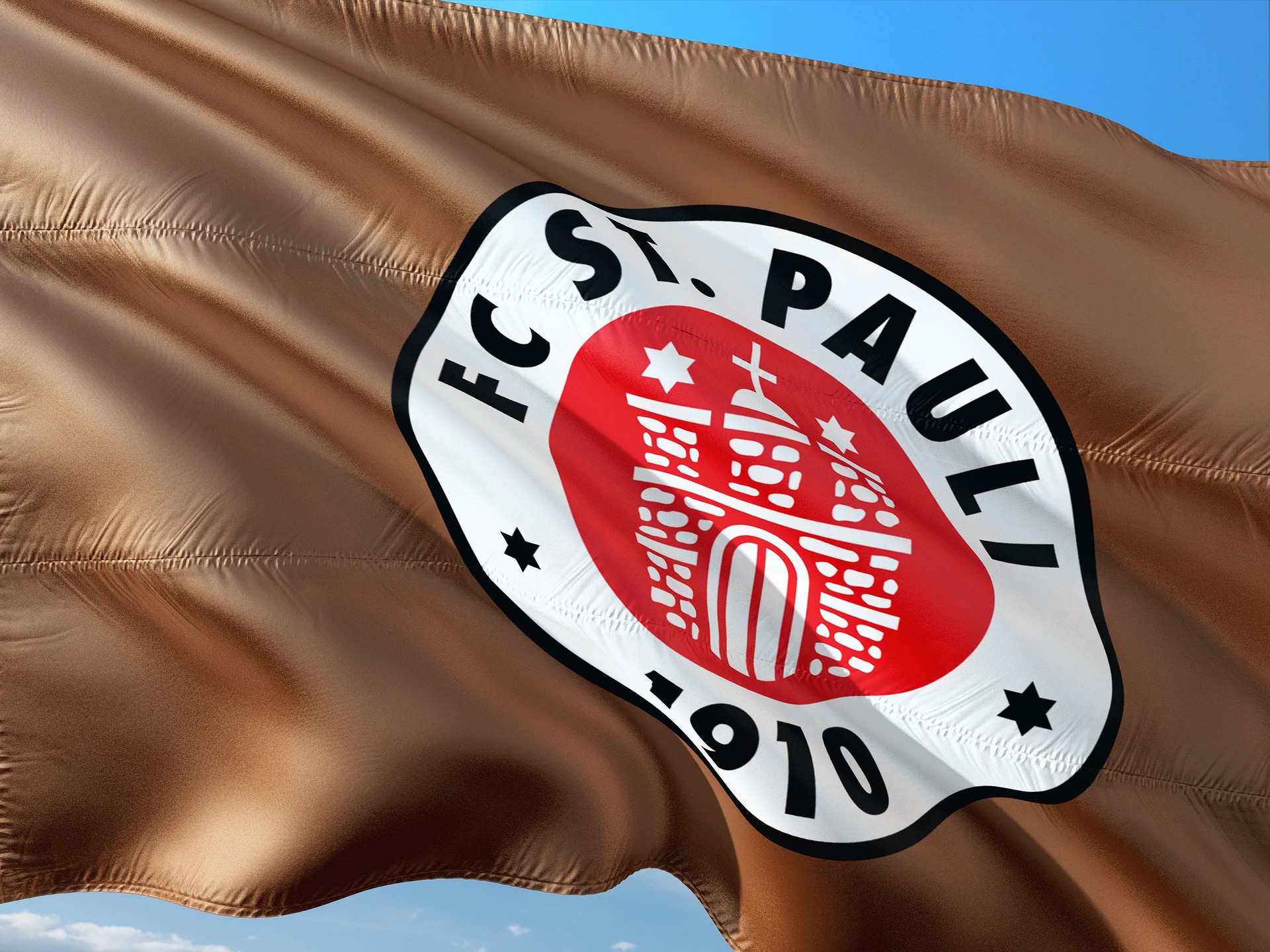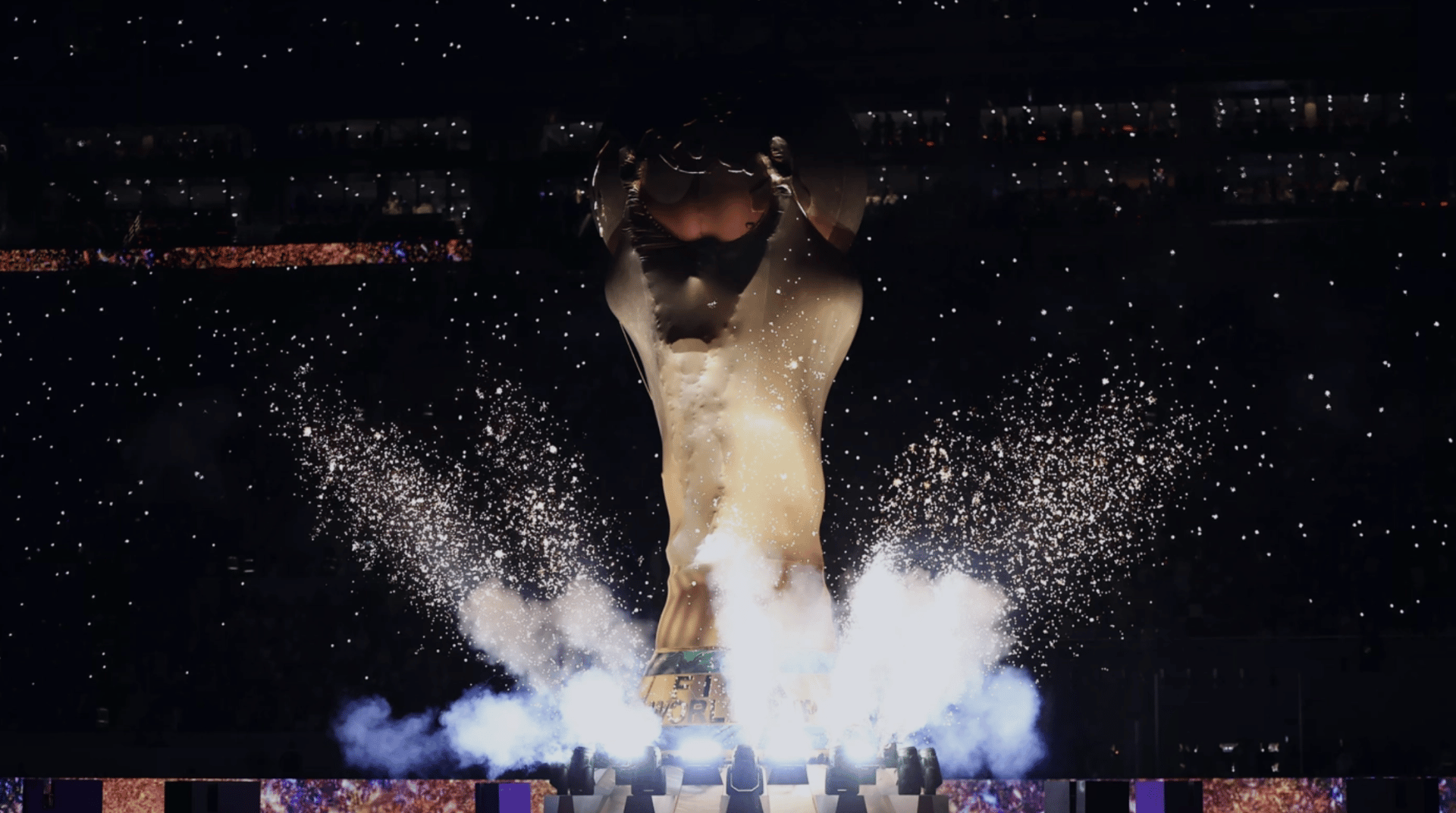What Are Ultras In Soccer?
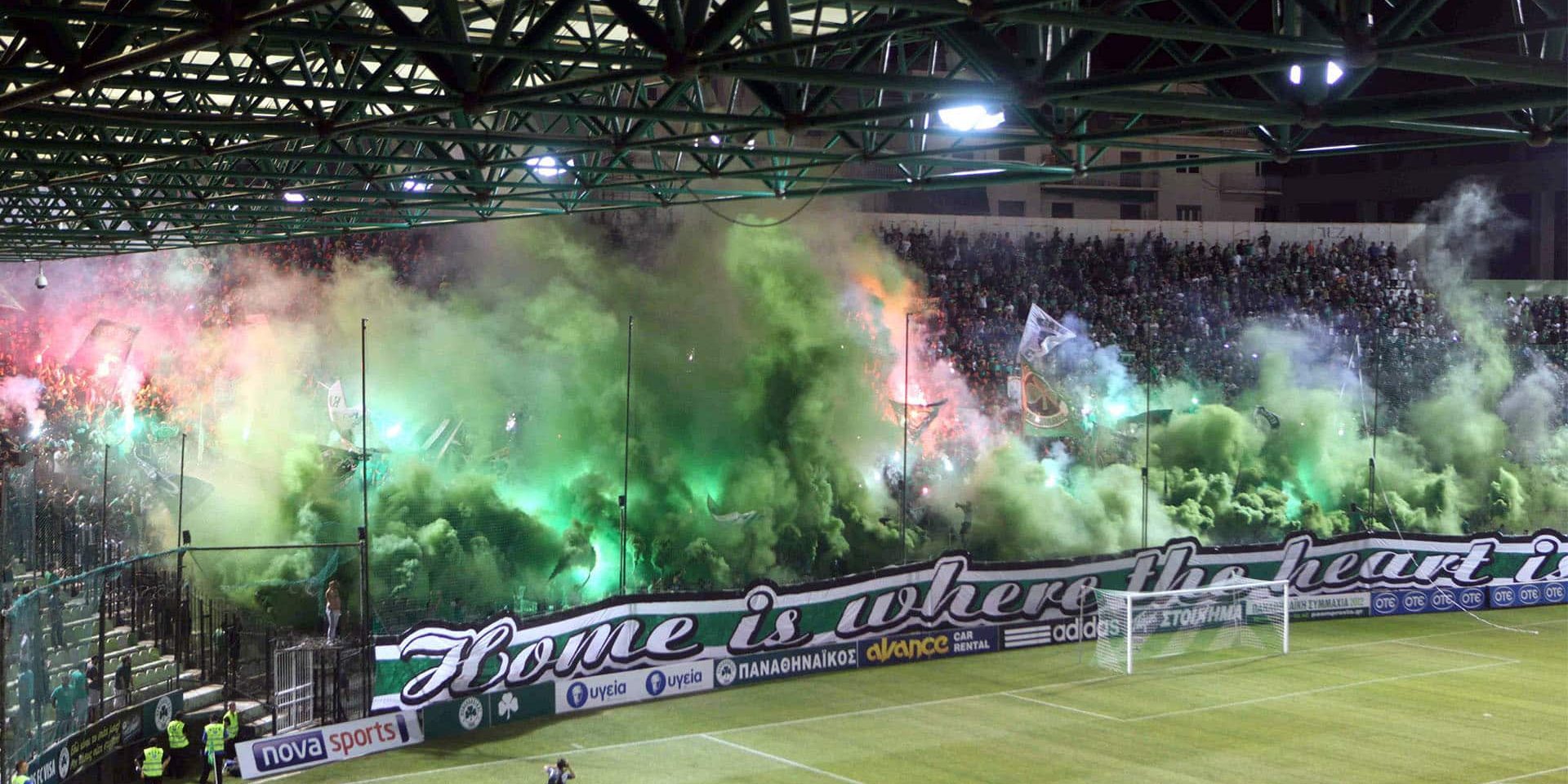
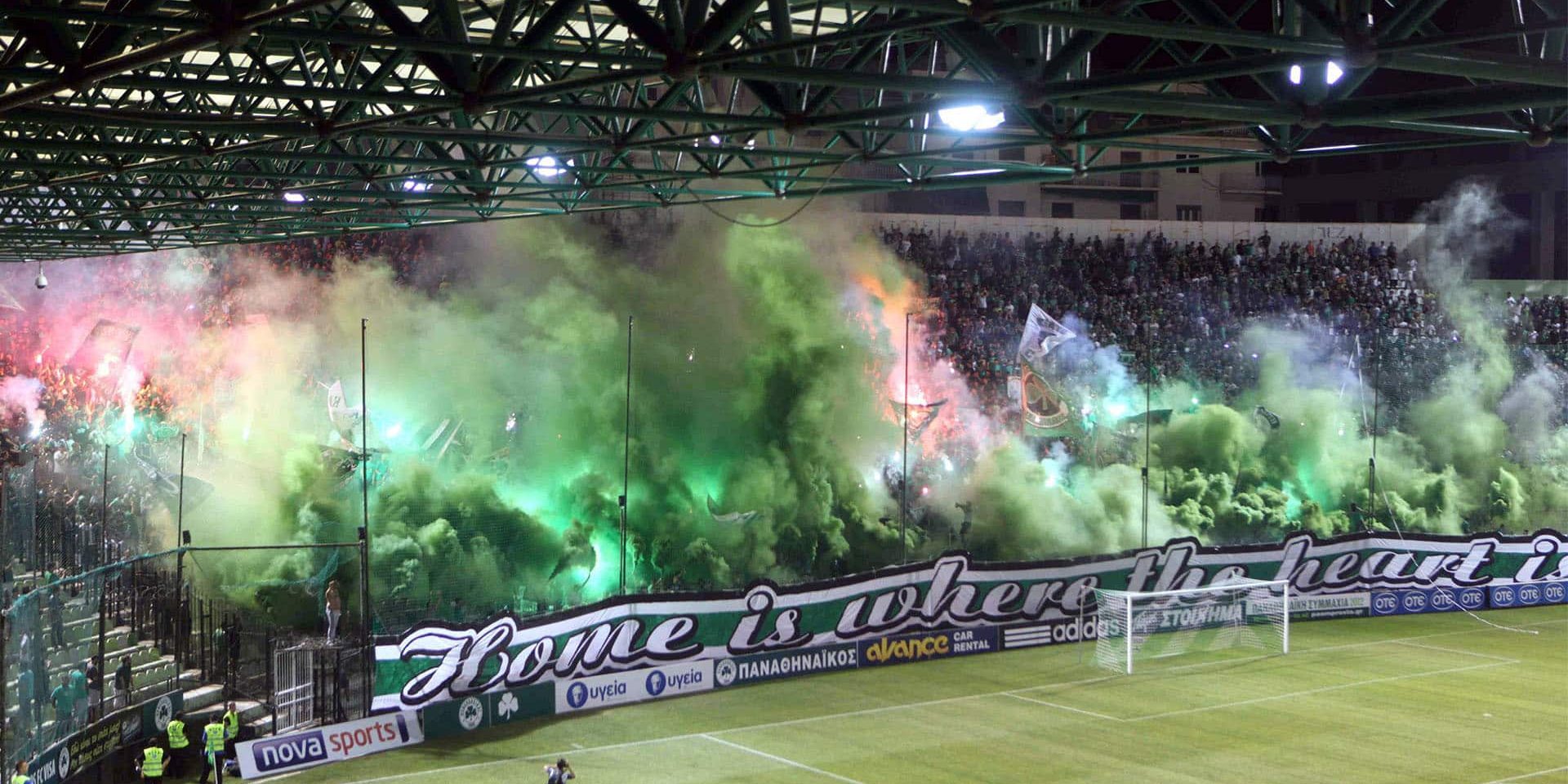
Table of Contents
What are Ultras in soccer? Ultras are a type of passionate and dedicated fan base that exist within the world of soccer. They are organized groups of supporters who are known for their enthusiastic displays and support of their chosen team.
Ultras are often referred to as the “12th man” on the field, as their energy and support can play a significant role in boosting the morale of their team’s players.
The Ultras are known for their elaborate matchday displays, including banners, flags, pyrotechnics, and choreographed singing and dancing. They are a unique and integral part of the soccer culture, creating an unforgettable matchday atmosphere for both fans and players alike.
Despite this, the behaviors of some Ultra groups can sometimes cross the line into violence and hooliganism, leading to increased security measures and restrictions at stadiums. Nevertheless, for many soccer fans, the Ultras are a symbol of their team’s unrivaled passion and devotion.
Why are Football Fans Called Ultras?
The term “Ultras” has its roots in Italian soccer culture and was originally used to describe fans who were considered to be “ultra” passionate about their team. The term quickly spread throughout Europe and beyond, and today it is used to describe passionate and dedicated soccer fans across the world.
Ultras are known for their enthusiastic and energetic displays of support for their team, both inside and outside of the stadium. They are often the driving force behind the creation of large, colorful banners and flags that are displayed during matches, as well as the coordinated singing and dancing that takes place in the stands. This passionate and dedicated support has earned them the nickname of the “12th man” on the field, as their energy and enthusiasm can play a significant role in boosting the morale of their team’s players.
In addition to their matchday displays, Ultras are also known for their strong sense of community and identity. They often have their own distinct culture, traditions, and rituals that are unique to their group. For example, some Ultra groups may have specific songs or chants that they sing during matches, or they may have a particular way of dressing or displaying their colors.
Despite the positive aspects of Ultras, their behaviors can sometimes cross the line into violence and hooliganism, leading to increased security measures and restrictions at stadiums. Nevertheless, for many soccer fans, the Ultras are a symbol of their team’s unrivaled passion and devotion. They are an integral part of the soccer culture and create an unforgettable matchday atmosphere for both fans and players alike.
Who is the best Ultras in the world?
Determining the best Ultras in the world is subjective and can be based on various criteria. Some might argue that the best Ultras are those with the most passionate and dedicated support, while others might consider factors such as the size and scale of their matchday displays or the level of organization and coordination within the group.
While this article focuses mainly on Europe, we have also compiled a list of the Best Asian Ultras for you too.
Some of the top Ultras groups in the world include:
Curva Sud (AC Milan)
Curva Sud, also known as the South Curve, is a group of ultras that support AC Milan, an Italian football club based in Milan. The group was formed in the 1970s and has since become one of the most influential and recognizable ultra groups in Italian football. Curva Sud is known for their passionate support of AC Milan, and their choreographed displays of support during matches, including the use of flags, banners, and flares. They are also known for their strong rivalry with the Inter Milan ultras, which has led to instances of violence in the past. Despite these incidents, Curva Sud remains a positive symbol of fan culture and passion in Italian football.
Watch: Where Ultras Were First Forged: AC Milan’s Curva Sud
COPA90 presenter Martino visits Milan to explore the magnificent culture of AC Milan’s ultras
Ultras Sur (Real Madrid)
Ultras Sur is a group of passionate and dedicated supporters of Real Madrid Football Club, based in Madrid, Spain. The group was formed in the early 1980s and has since become one of the largest and most influential ultra groups in Spanish football. Ultras Sur is known for their passionate support of Real Madrid, and their elaborate and coordinated displays of support, including the use of flags, banners, and flares. They are also known for their strong rivalries with other Spanish football clubs, including Barcelona and Atletico Madrid. The group is known for its energetic and vocal support of Real Madrid both home and away, and for creating an electric atmosphere in the stands. Despite their reputation for sometimes controversial behavior, Ultras Sur remains an integral part of the Real Madrid fan culture.
Watch: AMERICAN REACTS TO Ultras Sur – Real Madrid CF
Inter City Firm (West Ham United)
Inter City Firm (ICF) is the name used to refer to the organized groups of hooligans that support West Ham United Football Club, based in London, England. The group was formed in the late 1970s and early 1980s, during a time when football hooliganism was rampant in England. Despite efforts by the club and authorities to curb violence, ICF has been associated with numerous incidents of violence and disorder, both inside and outside the stadium. Despite their reputation for violence, the group is also known for their passionate support of West Ham United. However, their reputation has made it difficult for them to support the team in recent years, with many members facing bans and arrests. Nevertheless, ICF continues to be an infamous part of English football hooligan culture.
Watch: Britain’s Fiercest Football Firms
The Green Brigade (Celtic FC)
The Green Brigade is a group of passionate supporters of Celtic Football Club, based in Glasgow, Scotland. The group was formed in 2006 and has since become one of the largest and most recognizable ultra groups in Scotland. The Green Brigade is known for their passionate support of Celtic, and their elaborate and coordinated displays of support during matches, including the use of flags, banners, and flares. The group is also known for its political activism, using their platform to raise awareness on various social and political issues, including support for Irish independence and opposition to the British government. Despite sometimes facing criticism for their political views, the Green Brigade remains a highly respected and influential part of the Celtic fan culture, and their displays of support are widely regarded as some of the most impressive in Scottish football.
Watch: Green Brigade Season 2021–2022
The Ultra Boys (Panathinaikos)
The Ultra Boys is the name used to refer to the organized group of passionate supporters of Panathinaikos Football Club, based in Athens, Greece. The group was formed in the late 1990s and has since become one of the largest and most recognizable ultra groups in Greece. The Ultra Boys are known for their passionate support of Panathinaikos and their elaborate and coordinated displays of support during matches, including the use of flags, banners, and flares. They are also known for their strong sense of unity and camaraderie, and are respected within the Greek football community for their loyalty and dedication to their club. Despite facing criticism and sanctions from authorities for their involvement in incidents of violence and disorder, the Ultra Boys remain a proud and influential part of the Panathinaikos fan culture, and their displays of support continue to be a major part of the matchday experience at the club.
Watch: PANATHINAIKOS ULTRAS GATE 13 – BEST MOMENTS
Boulogne Boys (Paris Saint-Germain)
The Boulogne Boys is the name used to refer to the organized group of passionate supporters of Paris Saint-Germain Football Club, based in Paris, France. The group was formed in the 1980s and has since become one of the largest and most recognizable ultra groups in France. The Boulogne Boys are known for their passionate support of PSG and their elaborate and coordinated displays of support during matches, including the use of flags, banners, and flares. They are also known for their strong sense of identity, proudly displaying their colors and symbols at matches and in their local community. Despite facing criticism and sanctions from authorities for their involvement in incidents of violence and disorder, the Boulogne Boys remain a proud and influential part of the PSG fan culture, and their displays of support continue to be a major part of the matchday experience at the club.
Watch: Supporters Not Criminals! The Rise Of The PSG Ultras
Brigada 1871 (Dynamo Dresden)
Brigada 1871 is the name used to refer to the organized group of passionate supporters of Dynamo Dresden Football Club, based in Dresden, Germany. The group was formed in the early 2000s and has since become one of the largest and most recognizable ultra groups in Germany. Brigada 1871 is known for its passionate support of Dynamo Dresden and its elaborate and coordinated displays of support during matches, including the use of flags, banners, and flares. The group is also known for its strong sense of camaraderie and loyalty to its club, and is respected within the German football community for its commitment to supporting Dynamo Dresden. Despite facing criticism and sanctions from authorities for its involvement in incidents of violence and disorder, Brigada 1871 remains a proud and influential part of the Dynamo Dresden fan culture, and its displays of support continue to be a major part of the matchday experience at the club.
Watch: Your New Favourite Club: Dynamo Dresden
The Yellow Wall (Borussia Dortmund)
The Yellow Wall is a reference to the South Stand of the Signal Iduna Park stadium, home to Borussia Dortmund Football Club. This stand is known for being one of the largest and most passionate supporters’ sections in the world, and its bright yellow color has become synonymous with the club’s unique and vibrant matchday atmosphere. The Yellow Wall is composed of thousands of passionate Borussia Dortmund fans, and its enthusiastic support has become a hallmark of the club. The group is famous for its synchronized displays of support, including coordinated chants and flag displays, and its passionate, high-energy atmosphere is widely regarded as one of the best in world football. Despite facing criticism for its involvement in incidents of violence and disorder, the Yellow Wall remains a proud and integral part of the Borussia Dortmund fan culture, and its displays of support continue to play a major role in the club’s matchday experience.
Watch: Inside Borussia Dortmund’s Yellow Wall: Is This The Most Fun Place to Watch Football In the World?
The Ultras (Al Ahly)
The Ultras are the passionate fan base of Al Ahly Football Club, the club with the most trophies in all of soccer. Based in Cairo, Egypt, Al Ahly’s fans are known for their loud, passionate support and their vibrant matchday displays. The Ultras are known for their intense passion and love for the club, and they play a major role in creating a loud and energetic matchday atmosphere at Al Ahly’s home matches. Despite facing criticism for their involvement in incidents of violence and disorder, the Ultras remain an integral part of Al Ahly’s fan culture and their displays of support are widely regarded as some of the most impressive in African football. The Ultras have a proud history of supporting their team and creating an unforgettable matchday experience for both players and fans alike.
Watch: The African Game of the Century | Al Ahly – Zamalek | The Cairo Derby
The Ultras Napoli (Napoli)
The Ultras Napoli is the passionate and dedicated fan base of SSC Napoli Football Club, based in Naples, Italy. Founded in the late 1950s, the Ultras Napoli has become one of the largest and most well-known ultra groups in Italian football. They are renowned for their vibrant matchday displays, including choreographed banners and flares, which create a loud and electric atmosphere at Napoli’s home matches. The Ultras Napoli is also known for their strong support of the club and their players, as well as their unwavering commitment to Napoli’s success on and off the pitch. Despite facing criticism for incidents of violence and disorder, Ultras Napoli remains an important part of Napoli’s fan culture and their matchday displays are widely regarded as some of the most impressive in Italian football. The Blue Army continues to support Napoli through thick and thin, and their passionate support is an integral part of the club’s success.
Watch: This Is Napoli
It’s important to note that the level of organization and coordination within an Ultras group can vary greatly, and some Ultras groups may have a more negative reputation due to incidents of violence and hooliganism. Despite this, the passion and dedication of Ultras is undeniable, and they are an integral part of the soccer culture, creating an unforgettable matchday atmosphere for both fans and players alike.
Where do the Ultras come from?
The term “Ultras” originated in Italy in the late 1960s and early 1970s and was used to describe passionate and dedicated soccer fans who were considered to be “ultra” enthusiastic about their team. The Ultras movement quickly spread throughout Europe and beyond, and today the term is used to describe passionate soccer fans across the world.
The Ultras movement was initially inspired by the counter-cultural and political movements of the time, and the Ultras themselves were seen as a counter-cultural force within the soccer world. They were known for their enthusiastic and energetic displays of support for their team, as well as their strong sense of community and identity.
In addition to their matchday displays, Ultras were also known for their political activism, and many Ultras groups were involved in social and political activism outside of the soccer stadium. This combination of soccer passion and political activism made the Ultras movement a unique and influential force within the soccer world.
As the Ultras movement grew and spread, it began to evolve and adapt to the cultural and political contexts of different countries. In some countries, Ultras groups became more organized and sophisticated, with elaborate matchday displays and coordinated singing and dancing in the stands. In other countries, Ultras groups became more associated with hooliganism and violence, leading to increased security measures and restrictions at stadiums.
Despite these differences, the core principles of the Ultras movement remain the same across the world. Ultras are passionate and dedicated soccer fans who are known for their enthusiastic support and strong sense of community and identity.
In conclusion, the Ultras movement originated in Italy in the late 1960s and early 1970s and has since spread throughout the world. The Ultras are passionate and dedicated soccer fans who are known for their enthusiastic support, strong sense of community and identity, and sometimes their political activism. Despite the differences between Ultras groups in different countries, the core principles of the Ultras movement remain the same.
What are Crazy Soccer Fans Called?
Crazy soccer fans, who are known for their enthusiastic and energetic support for their team, are often referred to as Ultras. The term “Ultras” originated in Italy in the late 1960s and early 1970s and was used to describe passionate and dedicated soccer fans who were considered to be “ultra” enthusiastic about their team.
Ultras are known for their elaborate and energetic matchday displays, including coordinated singing, chanting, and flag waving. They also often create large and intricate banners and tifos, which are large choreographed displays created by fans in the stands.
While the term “Ultras” is often associated with passionate and enthusiastic soccer fans, it is also sometimes associated with hooliganism and violence. This is because some Ultras groups have a reputation for violent and destructive behavior, both inside and outside the stadium.
However, it’s important to note that not all Ultras are involved in hooliganism, and many Ultras groups are dedicated to creating a positive and energetic matchday atmosphere through their passionate support of their team.
In conclusion, crazy soccer fans are often referred to as Ultras. Ultras are passionate and enthusiastic soccer fans who are known for their elaborate and energetic matchday displays, including coordinated singing, chanting, and flag waving. While the term “Ultras” is sometimes associated with hooliganism and violence, it’s important to note that not all Ultras are involved in these activities and many Ultras groups are dedicated to creating a positive matchday atmosphere.
Who are the Most Feared Football Hooligans?
Football hooliganism refers to disruptive and violent behavior by fans, both inside and outside the stadium. While hooliganism is a problem in many countries, there are some groups and countries that are known for having particularly violent and feared hooligan firms.
In England, hooligan firms such as the Inter City Firm (ICF), the Bushwackers, and the Chelsea Headhunters are among the most notorious and feared. These firms have a history of violent confrontations with rival firms, both inside and outside the stadium, and have been involved in several high-profile incidents over the years.
In continental Europe, hooligan firms in countries such as Italy, Germany, and the Netherlands are also known for their violence and disruption. Italian hooligan firms such as the Brigate Rossonere and the Irriducibili are particularly notorious, while in Germany, firms such as the BVB Fanszene Dortmund and the Schickeria Munich are feared for their violent behavior.
In Eastern Europe, hooligan firms in countries such as Russia and Poland are also known for their violence and disruption. Russian hooligan firms, such as the Orel Butchers, have been involved in several high-profile incidents, both inside and outside the stadium, and are known for their violent and intimidating behavior.
While hooliganism is a serious problem, it’s important to note that the majority of soccer fans do not engage in disruptive or violent behavior, and the actions of a small minority of hooligans should not be used to generalize about the entire fan base.
What Are Ultras In Soccer? – Key Takeaways
What are Ultras in soccer? Ultras are passionate and dedicated fans in soccer who are known for their support of their team, often organized into groups with a strong sense of identity and community, and sometimes associated with both positive and negative aspects of the sport, such as increased atmosphere and hooliganism.
Key Takeaways
- Ultras are a type of football fan that are known for their passion, commitment, and support of their team.
- Ultras often have a strong sense of identity, and are often organized into groups that provide a sense of community and belonging.
- The origins of the term “ultra” can be traced back to Italy in the 1960s, where it was first used to describe a group of passionate fans.
- While ultras are often associated with positive aspects of the sport, such as increased atmosphere and support for their team, they can also be involved in negative behaviors, such as hooliganism and violence.
- Hooliganism is a serious problem in many countries, and can have serious consequences for both the individuals involved and the sport as a whole.
- It is not appropriate to determine which country has the “best” hooligans, as hooliganism is a destructive and negative aspect of the sport.
In conclusion, ultras play an important role in the culture and atmosphere of football. While they are often associated with positive aspects of the sport, it is important to remember that hooliganism is a serious problem that can have serious consequences. Rather than focusing on which country has the “best” hooligans, it is important to promote positive and supportive behaviors among fans, and to take steps to prevent and address hooliganism.
What Are Ultras In Soccer? – FAQs
What are Ultras in soccer?
Ultras are a type of football fan that are known for their passion, commitment, and support of their team. They often have a strong sense of identity, and are often organized into groups that provide a sense of community and belonging.
Where did the term ‘Ultra’ come from?
The term “Ultra” originated in Italy in the 1960s, where it was first used to describe a group of passionate fans. The name was chosen because of the group’s ultra-enthusiastic and dedicated support of their team.
What is the purpose of Ultras?
The purpose of Ultras is to provide passionate and dedicated support for their team. They often aim to create an increased atmosphere in the stadium and to provide a sense of community and belonging for fans.
Do Ultras have any negative impacts on soccer?
While Ultras are often associated with positive aspects of the sport, such as increased atmosphere and support for their team, they can also be involved in negative behaviors, such as hooliganism and violence.
What is hooliganism in soccer?
Hooliganism is a term used to describe violent and disruptive behavior by fans, both inside and outside the stadium. This can include acts such as fighting, vandalism, and disorder.
Are all Ultras involved in hooliganism?
Not all Ultras are involved in hooliganism. While some Ultra groups have been associated with negative behaviors, it is important to note that the vast majority of Ultras are passionate and dedicated fans who do not engage in hooliganism.
Is hooliganism a problem in all countries?
Hooliganism is a serious problem in many countries, but the extent and severity of the problem can vary from country to country. It is a global issue that needs to be addressed in order to promote positive and supportive behaviors among fans.
Can hooliganism be prevented?
Preventing hooliganism is a complex issue that requires a multi-faceted approach. This can include measures such as increased security, stricter laws and penalties, and education programs to promote positive and supportive behaviors among fans.

